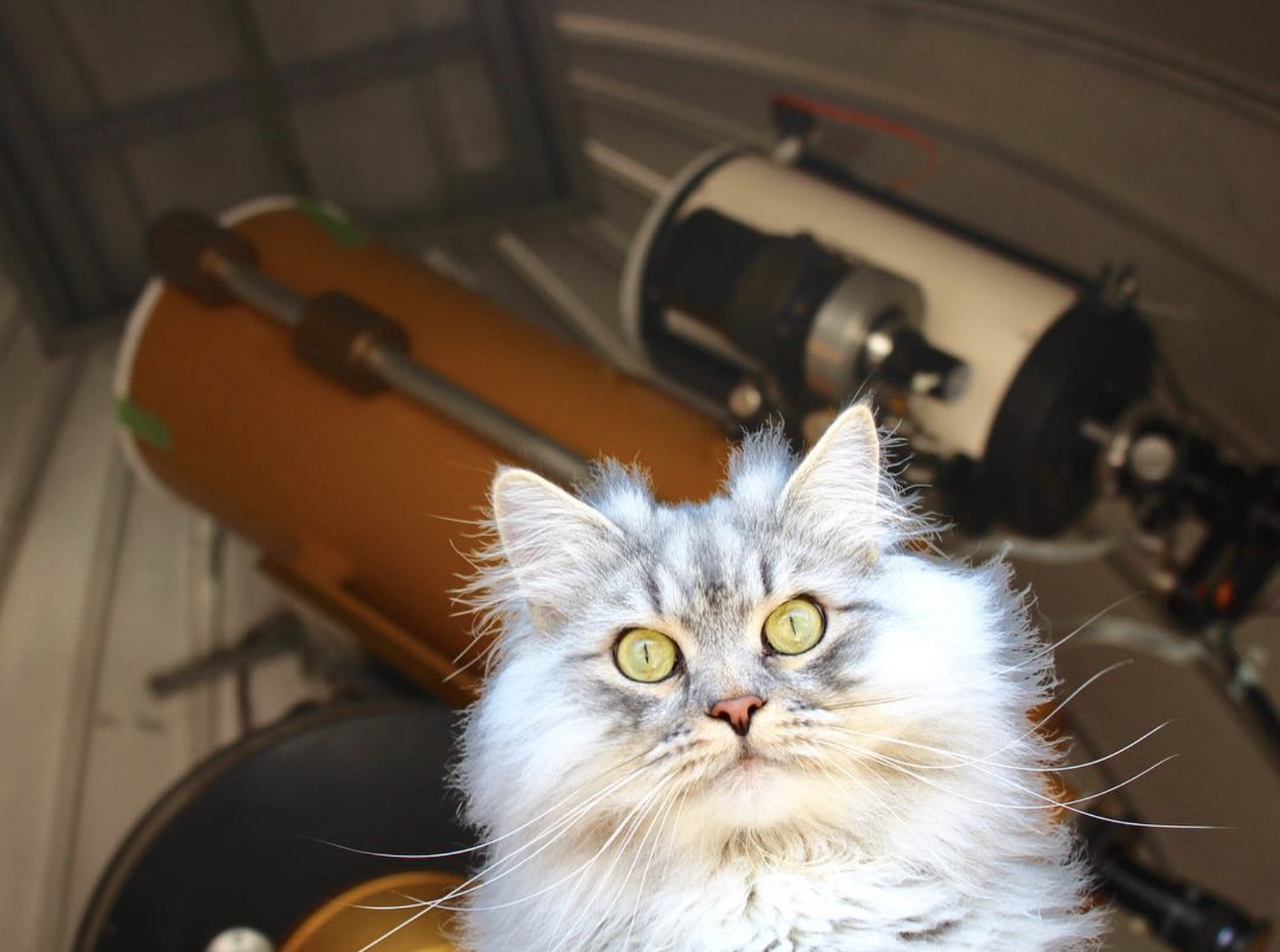 Puri Gagarin the Cosmocat visiting the UTSC Observatory.
Puri Gagarin the Cosmocat visiting the UTSC Observatory.
Fall 2025: Practical Astronomy - Instrumentation and Data Analysis (ASTC02)
From the calendar: A hands-on introduction to astronomical observing using the UTSC telescopes. Lectures cover topics of astronomical instrumentation and data reduction. Observations of Solar System planets, moons, planetary nebula, globular clusters and galaxies will be made. Students will present their results in the style of a scientific paper and a talk.
Syllabus
Download as pdf.
Submit Lab Reports
Submit your lab reports here: here.
Practical 1
Download the instructions for Practical 1 as pdf.
Slides Lecture 1
Download the slides for lecture 1 as pdf.
Practical 2
Download the instructions for Practical 2 as pdf.
Jupyter notebook for practical 2
Download the jupyter notebook for Practical 2 as ipynb.
Slides Lecture 2
Download the slides for lecture 2 as pdf.
Slides Lecture 3
Download the slides for lecture 3 as pdf.
Practical 3
Download the instructions for Practical 3 as pdf.
Jupyter notebook for practical 3
Download the jupyter notebook for Practical 3 as ipynb.
Old midterm (2022)
Download the old midterm from 2022 as pdf.
Practical 4
Download the instructions for Practical 4 as pdf.
Jupyter notebook for practical 4
Download the jupyter notebook for Practical 4 as ipynb.
Slides Lecture 4
Download the slides for lecture 4 as pdf.
Slides Lecture 6
Download the slides for lecture 6 as pdf.
Week 9
Download the slides for lecture 9 as pdf.
Download the jupyter notebook for the MCMC example as ipynb.
Week 10
Download the slides for lecture 10 as pdf.
Week 11
Download the slides for lecture 11 as pdf.
Download the previous exam as pdf.
Week 12
Download the slides for lecture 12 as pdf.

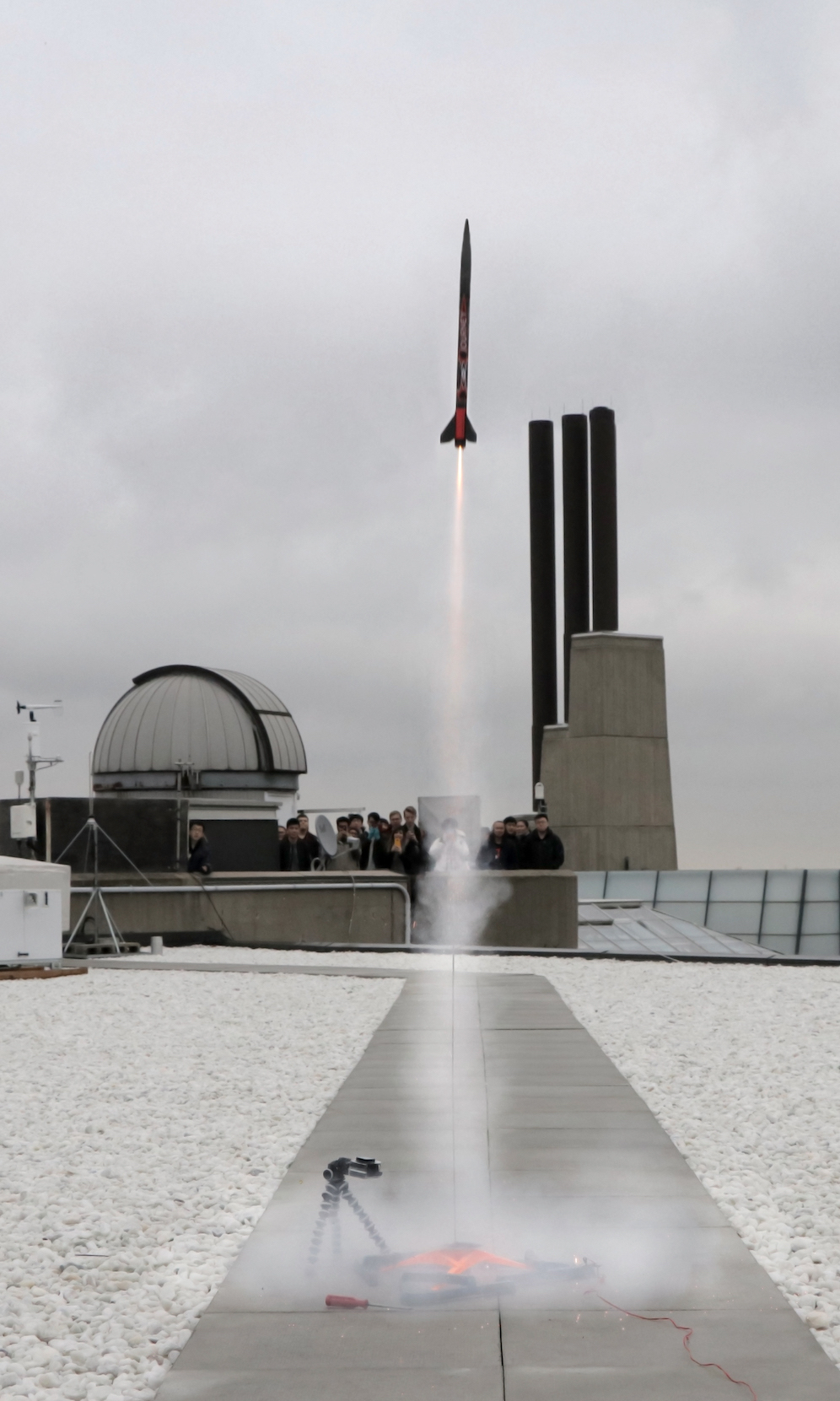 Launch of a rocket built by students in PHYB54 on the roof of the Science Wing.
Launch of a rocket built by students in PHYB54 on the roof of the Science Wing.
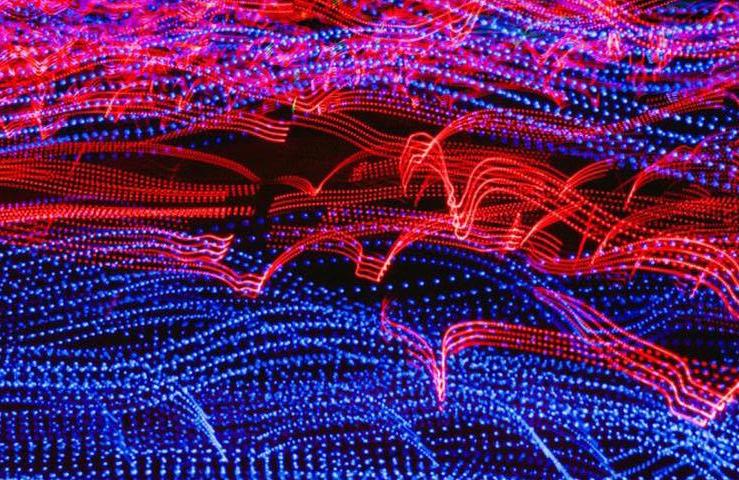
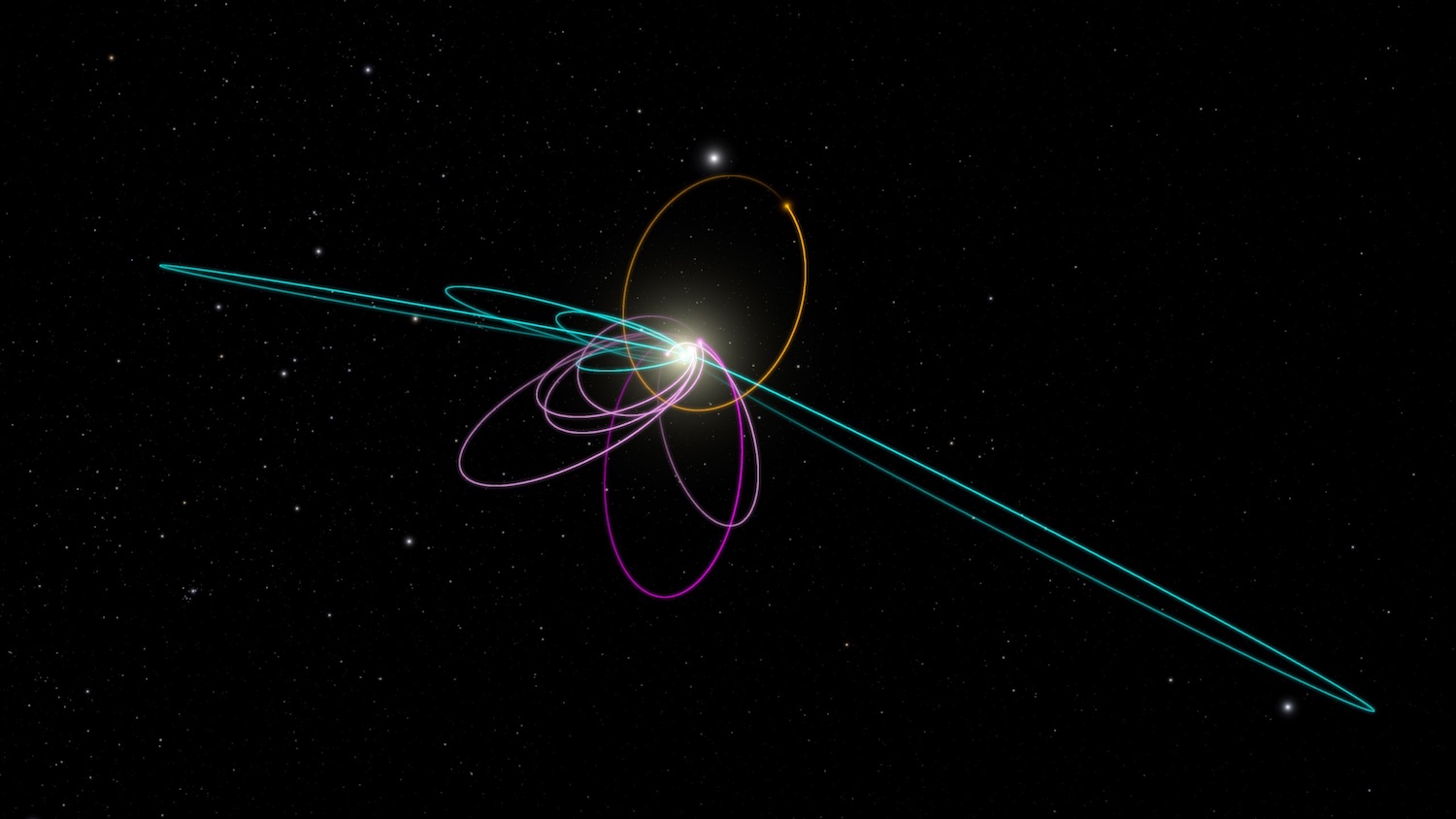 Planet 9 and Kuiper Belt objects (Caltech/R. Hurt/WorldWide Telescope)
Planet 9 and Kuiper Belt objects (Caltech/R. Hurt/WorldWide Telescope)
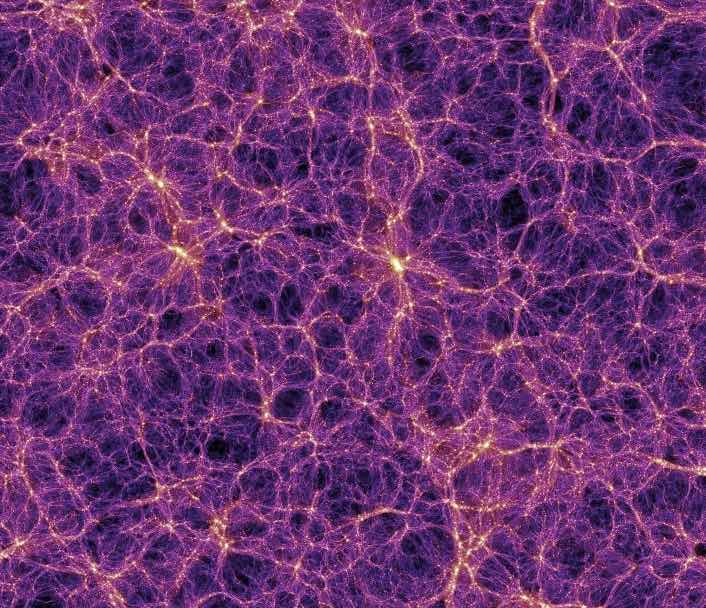 Simulation of the formation of large scale structure and galaxies in the early universe (Max Planck Institute for Astrophysics).
Simulation of the formation of large scale structure and galaxies in the early universe (Max Planck Institute for Astrophysics).
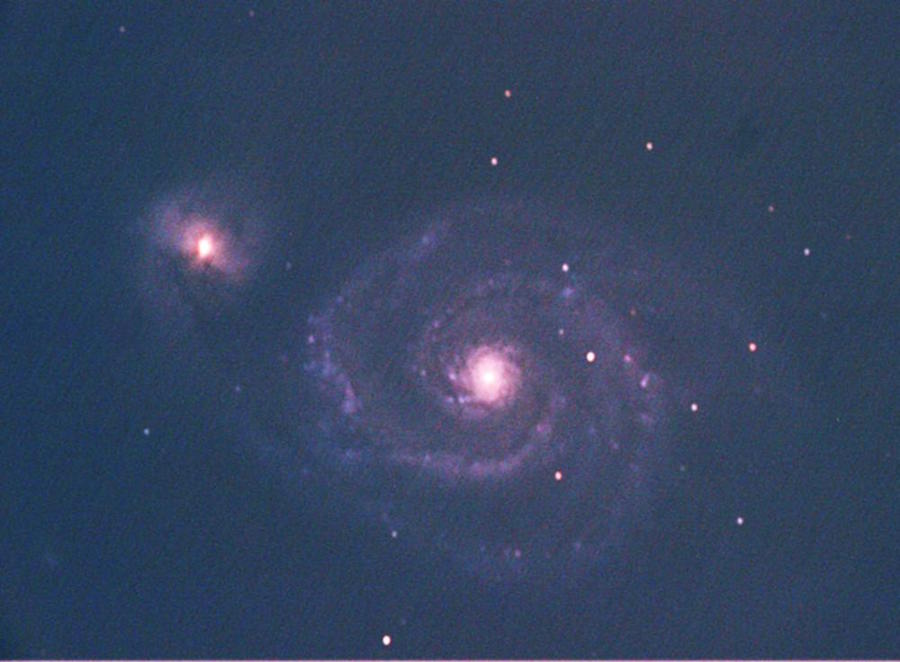 Image of M51 taken with the UTSC Observatory.
Image of M51 taken with the UTSC Observatory.